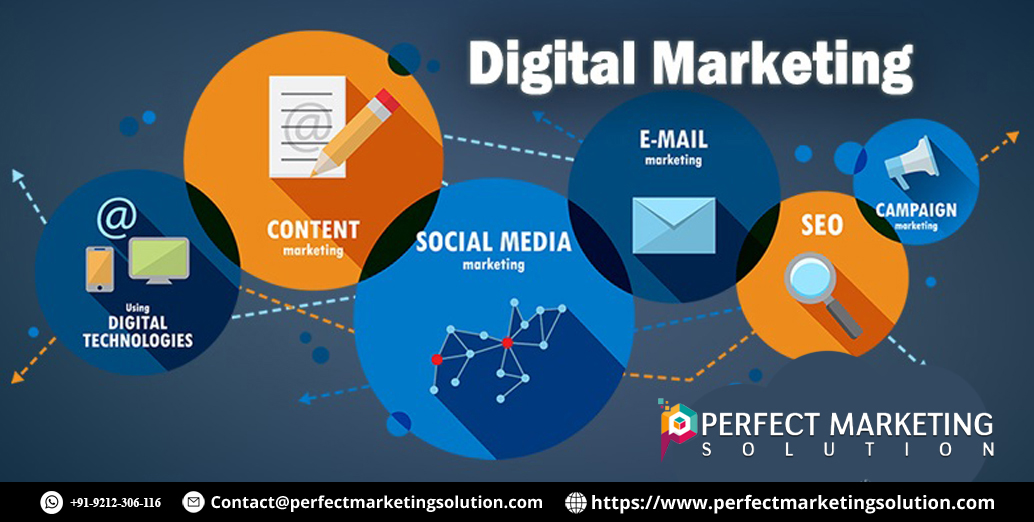Industrial Laser Cleaner: Revolutionizing Surface Cleaning with Precision and Efficiency
Discover how industrial laser cleaners are transforming surface cleaning processes. From removing rust to grease, these cutting-edge machines offer unparalleled precision, speed, and eco-friendliness. Learn more about their advantages and applications in various industries.

In today’s industrial world, surface cleaning is a critical process for maintaining machinery, equipment, and infrastructure. Whether it’s removing rust, paint, or contaminants, traditional methods like sandblasting, chemical cleaning, and abrasive materials have long been used. However, these methods come with limitations, such as the use of hazardous chemicals, waste generation, and high labor costs. Enter the industrial laser cleaner, a breakthrough technology that is changing the way surface cleaning is performed in many industries.
What is an Industrial Laser Cleaner?
An industrial laser cleaner uses high-powered lasers to remove unwanted materials from surfaces without damaging the underlying structure. This technology operates on the principle of focused light that generates intense heat, which is absorbed by the contaminants on the surface. The heat causes the contaminants to evaporate or become dislodged, leaving the surface clean and intact. Unlike traditional methods, laser cleaning is a non-contact process, meaning it doesn't involve physical abrasion or the use of harsh chemicals.
Key Advantages of Industrial Laser Cleaners
-
Precision and Control: One of the most significant benefits of industrial laser cleaners is their precision. Laser cleaning systems can be finely tuned to clean specific areas or delicate surfaces, ensuring that only the contaminants are affected without damaging the substrate. This makes it ideal for sensitive applications, such as cleaning turbine blades, molds, or electronic components.
-
Eco-friendly Solution: Traditional cleaning methods often require the use of chemicals, solvents, or abrasive materials that can be harmful to the environment. Industrial laser cleaners, however, operate without chemicals, producing minimal waste. The process is clean, and the contaminants removed are usually in vapor form, which can be captured and filtered.
-
Efficiency and Cost Savings: Laser cleaning is a fast and efficient process. It requires less labor than manual cleaning methods, and since it doesn’t generate additional waste materials, there’s less need for disposal. Over time, this can lead to significant cost savings, especially for industries with large-scale cleaning needs.
-
Versatility: Industrial laser cleaners can be used for a wide range of cleaning applications. They can remove rust, paint, oil, grease, and other contaminants from a variety of surfaces, including metals, concrete, and plastics. This makes them suitable for use in many industries, from automotive and aerospace to manufacturing and restoration.
Applications of Industrial Laser Cleaners
Industrial laser cleaners are used in various sectors, and their applications continue to expand as the technology advances. Here are some of the most common uses:
-
Rust and Paint Removal: Laser cleaning is commonly used to remove rust and paint from metal surfaces. This is especially beneficial in industries such as automotive repair, shipbuilding, and aerospace, where rust removal is essential to maintaining the structural integrity of components.
-
Surface Preparation: In manufacturing processes like welding or coating, it’s crucial to have a clean surface for optimal adhesion. Industrial laser cleaners can be used to prepare surfaces by removing oil, grease, and other residues that may interfere with subsequent processes.
-
Mold Cleaning: Mold maintenance is another important application of laser cleaning, especially in the manufacturing of parts and components in industries like plastics and rubber. Laser cleaners can easily remove contaminants like residues from plastics or other materials that can build up on molds.
-
Restoration of Historic Structures: Laser cleaning is also used in the restoration of historical artifacts and buildings. For instance, it can remove dirt, grime, and old paint from stone or brick without damaging the underlying material, making it ideal for heritage conservation.
The Future of Industrial Laser Cleaning
The future of industrial laser cleaning looks promising. As technology advances, the efficiency of laser systems continues to improve, making them even more effective in cleaning applications. Additionally, their eco-friendly nature and versatility will likely lead to their widespread adoption across various industries. With the continued push for sustainability and environmental consciousness, laser cleaning presents a solution that reduces the need for harmful chemicals and waste generation, making it an essential tool for future industrial applications.
Conclusion
Industrial laser cleaner are revolutionizing the way surface cleaning is done, offering numerous advantages over traditional methods. With their precision, speed, and environmental benefits, they are becoming an indispensable tool in a wide range of industries. As the demand for cleaner, more sustainable solutions increases, laser cleaning will continue to lead the way, offering businesses an efficient and eco-friendly option for maintaining equipment, improving productivity, and reducing costs.
What's Your Reaction?
















